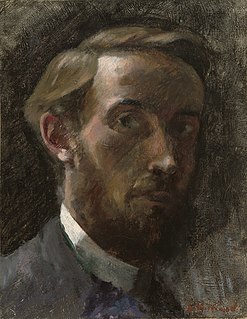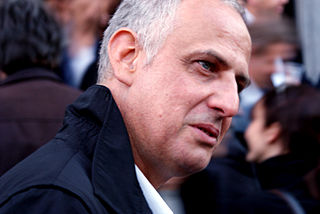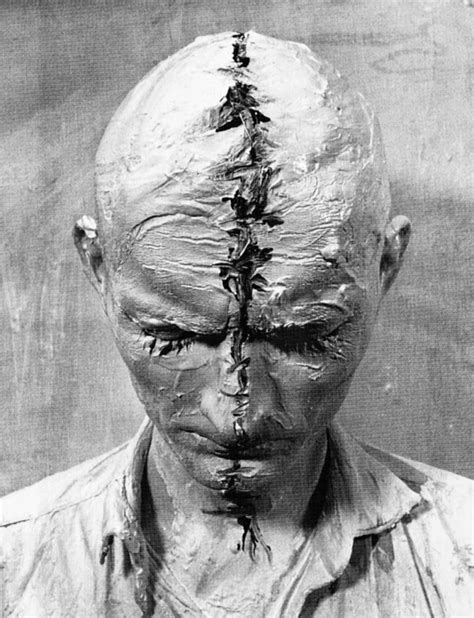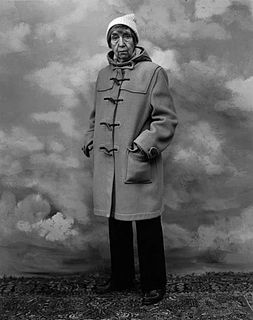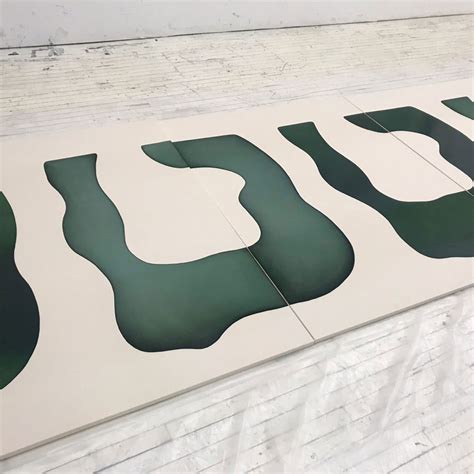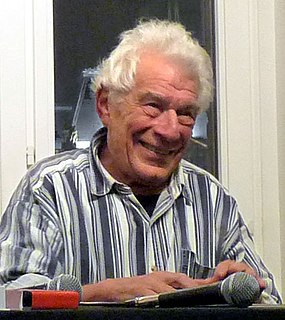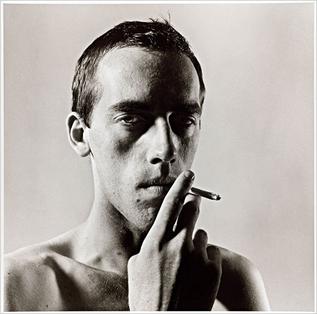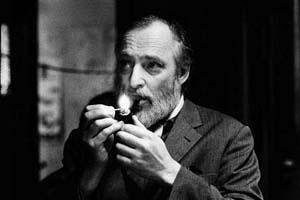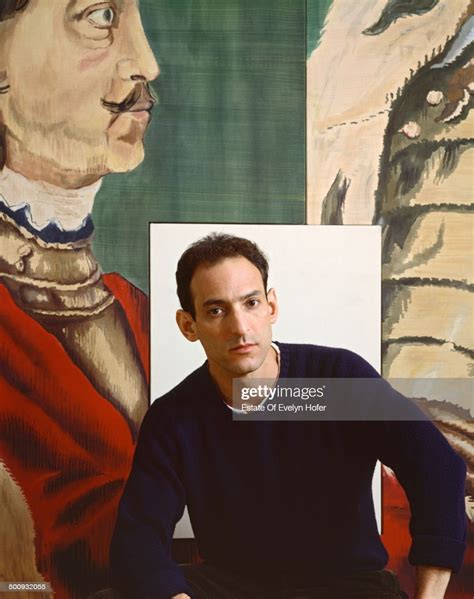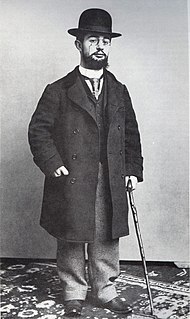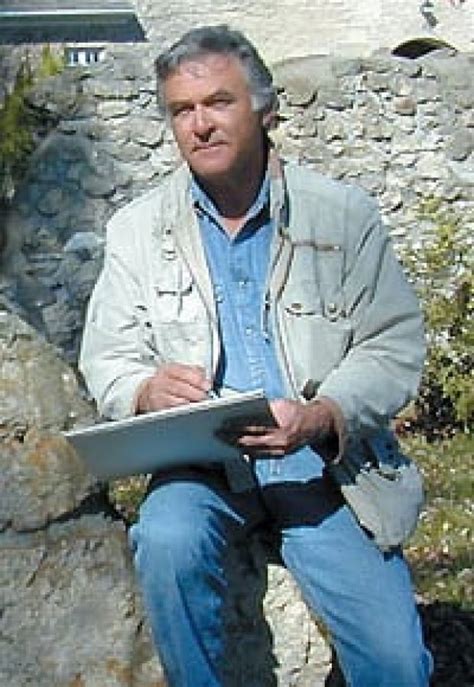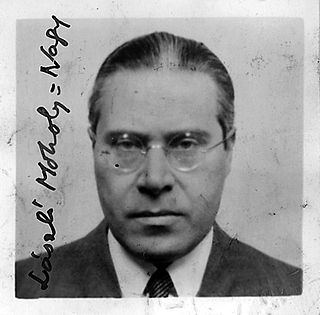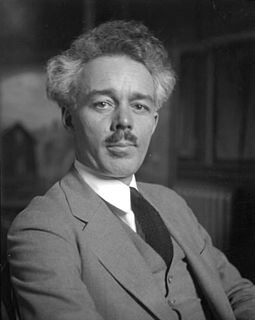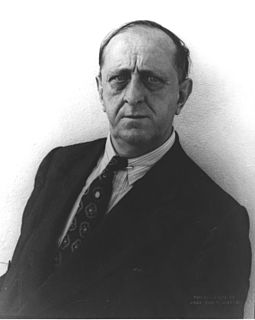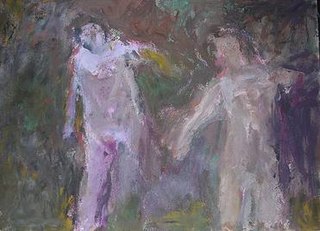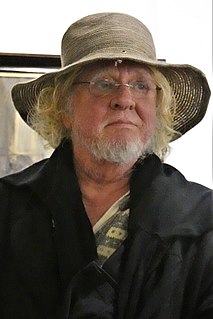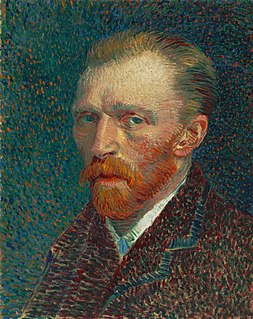A Quote by Edouard Vuillard
The expressive techniques of painting are capable of conveying an analogy but not an impossible photograph of a moment.
Quote Topics
Related Quotes
Self-painting is a further development of painting. The pictorial surface has lost its function as sole expressive support. It was led back to its origins, the wall, the object, the living being, the human body. By incorporating my body as expressive support, occurrences arise as a result, the course of which the camera records and the viewer can experience
Let us first say what photography is not. A photograph is not a painting, a poem, a symphony, a dance. It is not just a pretty picture, not an exercise in contortionist techniques and sheer print quality. It is or should be a significant document, a penetrating statement, which can be described in a very simple term-selectivity.
As far as the surface is concerned - oil on canvas, conventionally applied - my pictures have little to do with the original photograph. They are totally painting (whatever that may mean). On the other hand, they are so like the photograph that the thing that distinguished the photograph from all other pictures remains intact.
What I think confuses things is when people approach painting as an inherently expressive or personal medium. We still tend to have this expectation of purity with painting, this idea not only that the artist must be reflected in his or her canvases, but more importantly, that this is where one finds meaning.
